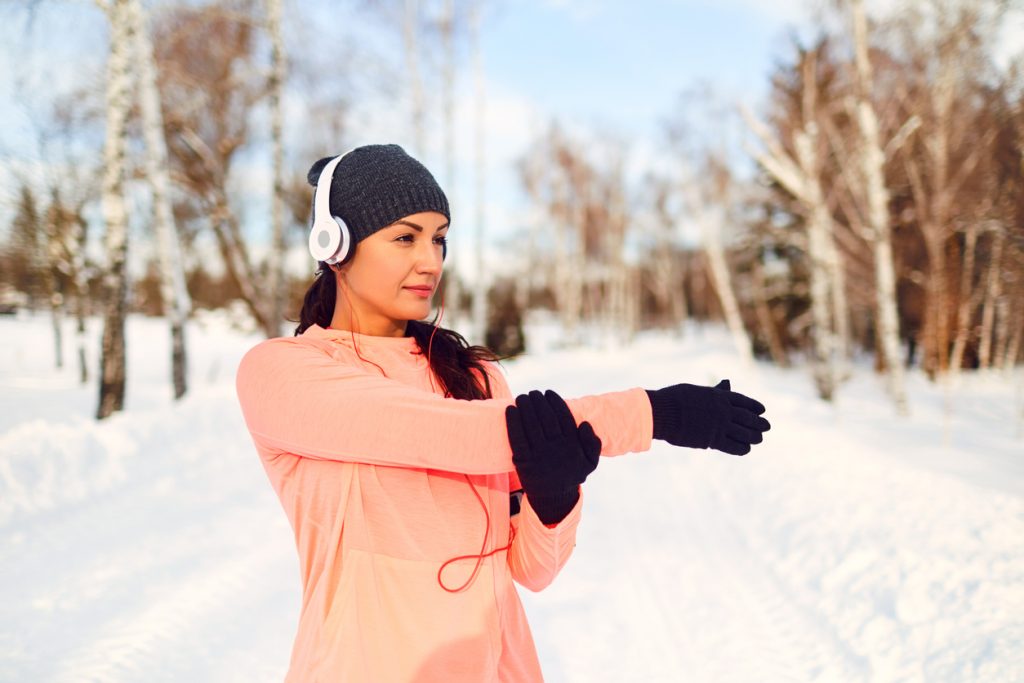Summary
Warm-up.The majority of individuals would not think to play sports in the cold. The decision is made swiftly between lounging on the couch sipping hot chocolate and running in the early morning on frozen grass fields or in a frozen park.
If you give it some serious thought, what demotivates us about playing sports in the winter isn’t necessarily the fact that we do it. It’s more that our bodies sense the cold and find it hard to warm up; the blood flows less, the muscles are stiff, and the warm-ups don’t work as well as they would on a gorgeous spring morning.
You can, however, modify your warm-ups and exercise to account for the cold. Here are nine suggestions for modifying your warm-up and training for the cold. Sports consultant Vincent Costa’s advice.
Let’s first investigate the effects of cold on the body.
The effects of cold on the human body
Our body temperature decreases with the winter months. Blood flow to the muscles is slowed down as a result of vasoconstriction in the blood capillaries. The body’s extremities experience vasoconstriction, which reduces skin surface temperature generally (resulting in cold fingers and feet). Additionally, this vasoconstriction concentrates blood flow to the heart, brain, and spinal cord—organs that are necessary for the body to maintain body temperature. This is the fundamental idea of thermoregulation, the ability to regulate body temperature in response to changes in the surrounding environment.
Breathing becomes more difficult in the cold, especially for those who have asthma. Engaging in high-intensity physical activity without warming up will result in dryness and irritation of the respiratory mucosa, which will burn the airways.
Ultimately, there is a decline in both activation and concentration. The positive sensations in the body diminish. It is hard for the body to make movements. Moreover, spatial orientation is compromised.
The nine coach tips in warm-up
These nine ideas will help you deal with the cold and these physiological phenomena that impede the efficiency of physical efforts during training and warm-ups.
One of the fundamentals of warm-up is to do a progressive warm-up. Without hurrying it, you should progressively up the intensity and get the body ready for the exertion. An too vigorous warm-up raises the risk of injury and reduces the body’s ability to heal.
2. Take your time warming up. Your body will take longer to achieve the proper temperature to begin an exercise regimen the longer you warm up. Depending on the activity, it is recommended to warm up for 15 to 25 minutes during chilly weather.
3. Perform a cardiovascular warm-up. This can be as simple as rapid walking, cycling, or moderate jogging to get the blood flowing, raise body temperature, and supply the muscles with the nutrients they need for the exercise.
4. Perform a “Russian” warm-up, which comprises of incremental, low-intensity muscle-strengthening activities. You must contract and stretch the muscle to produce a pump effect in order to achieve this. This will raise the intramuscular temperature and stimulate blood flow to the exercised area. But you have to be careful not to overextend yourself before the session.
5. Warm up the joints: Rotate the joints gradually and at different amplitudes to get them ready to withstand the shocks that come with training. You may “lubricate” your joints with this. Doing this indoors is preferable because standing still outside will cause the body to lose heat.
6. Steer clear of cold stretching: Staying still for extended periods of time might cause your body temperature to drop. The goal of the warm-up is to vascularize the areas being worked on, therefore stretching a muscle for an extended period of time can cause the blood flow to stop.
7. Steer clear of idle moments: You need to steer clear of idle periods when you’re training. It is best to keep moving even when you are sleeping. If there will be a prolonged interruption, it is best to change into full clothing.
8- Adjust equipment for the cold: Wear warm clothing when warming up and taking breaks throughout the winter, even if you are ready to engage in physical activity. During your session, don’t be afraid to cover your extremities with a scarf, hat, gloves, or high collar to keep the surface temperature stable. But make sure your first layer of clothes wicks away perspiration effectively, and your second layer is more protective and insulating.
9. Massage with heating balms: Nothing works better than a massage with heating balms to get the muscles ready for the effort.
